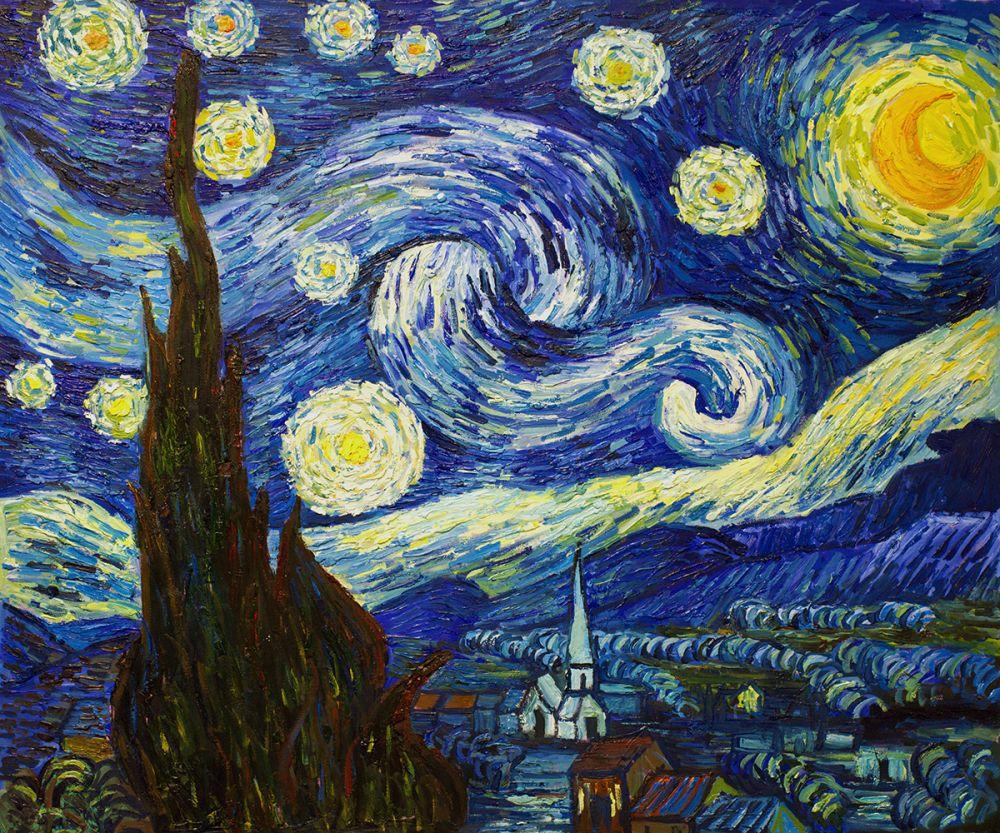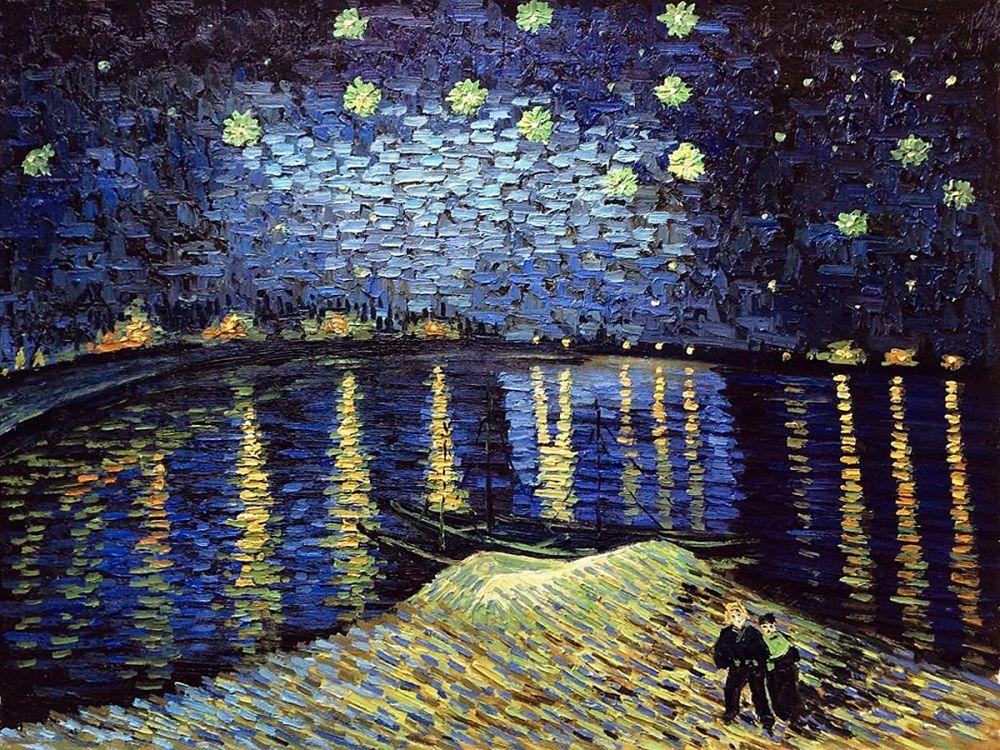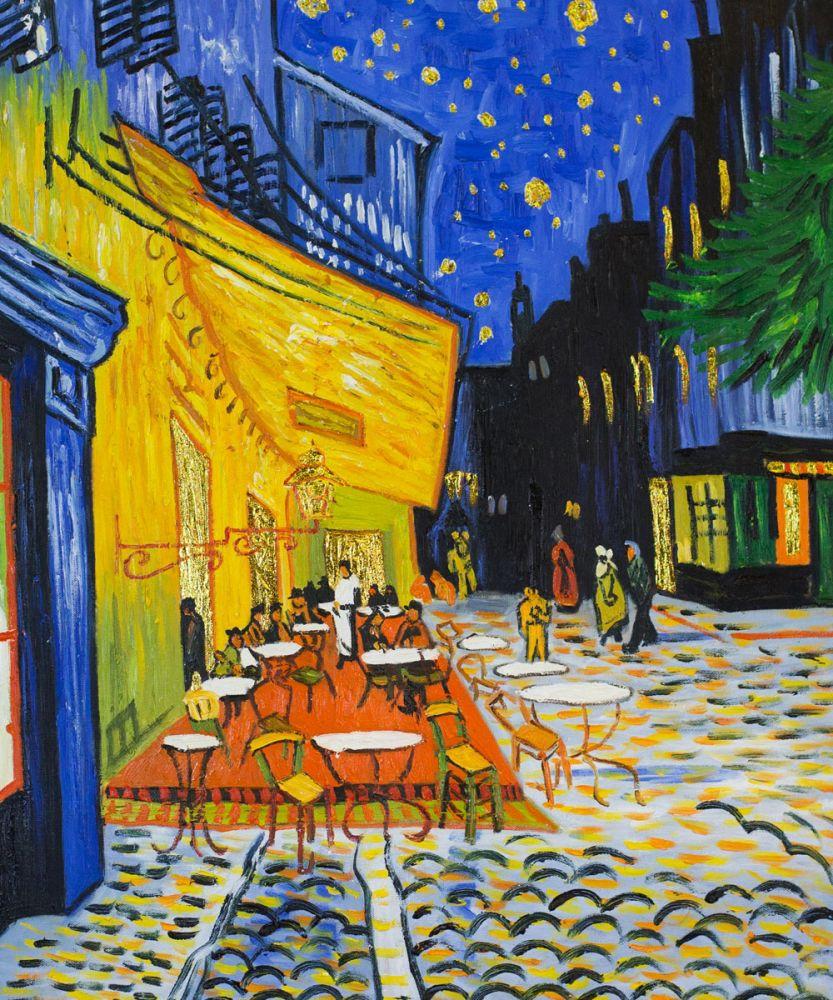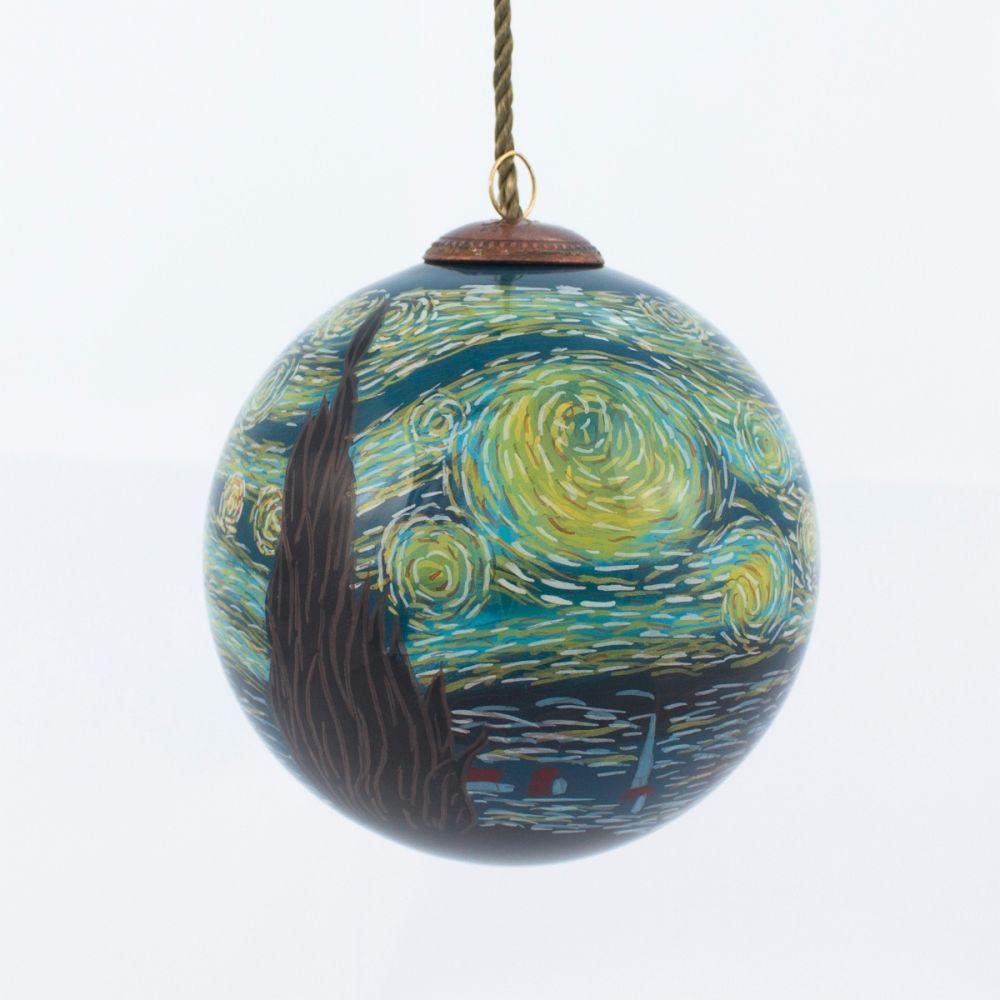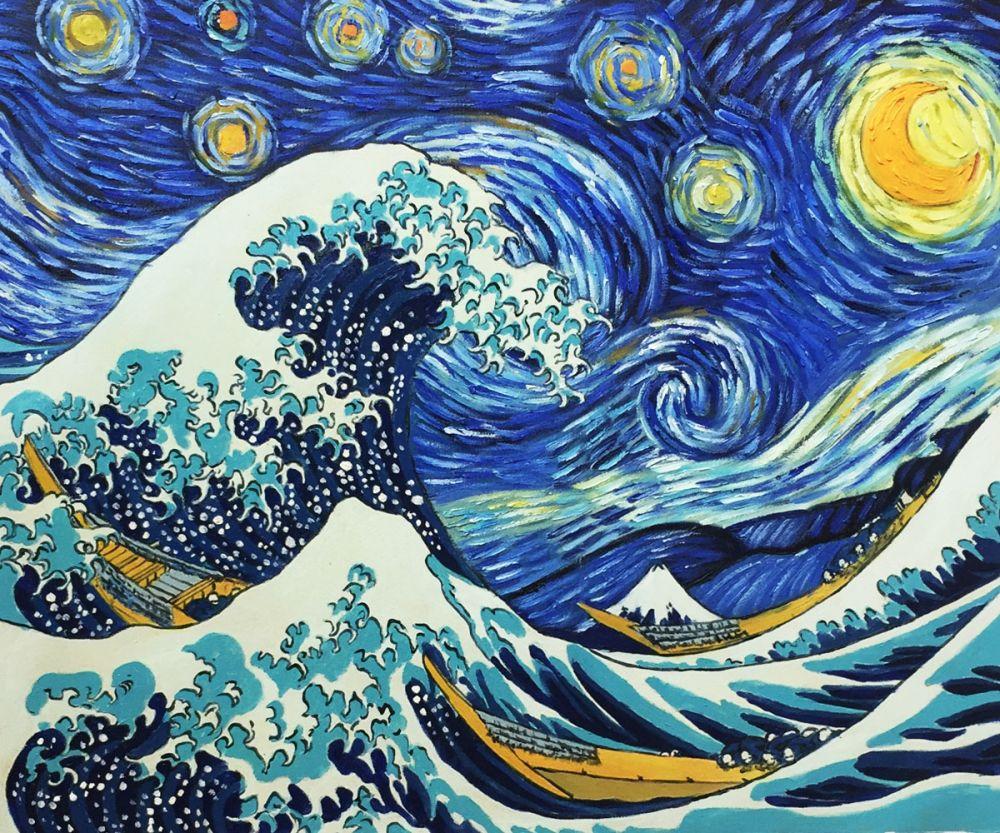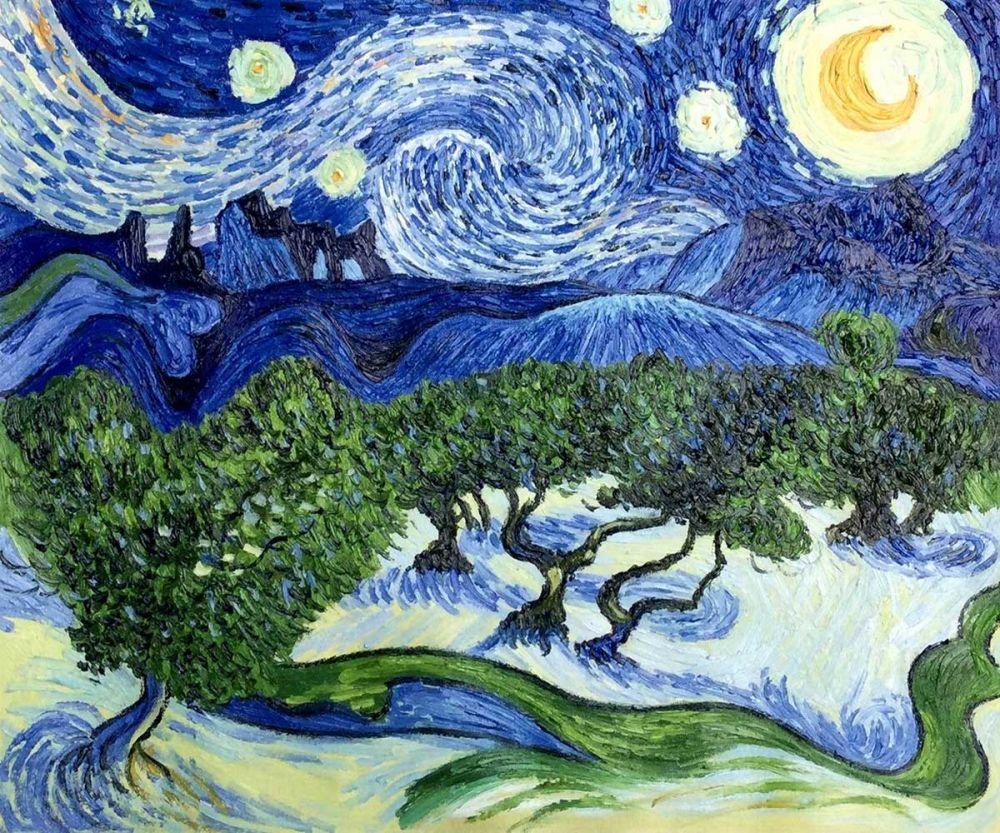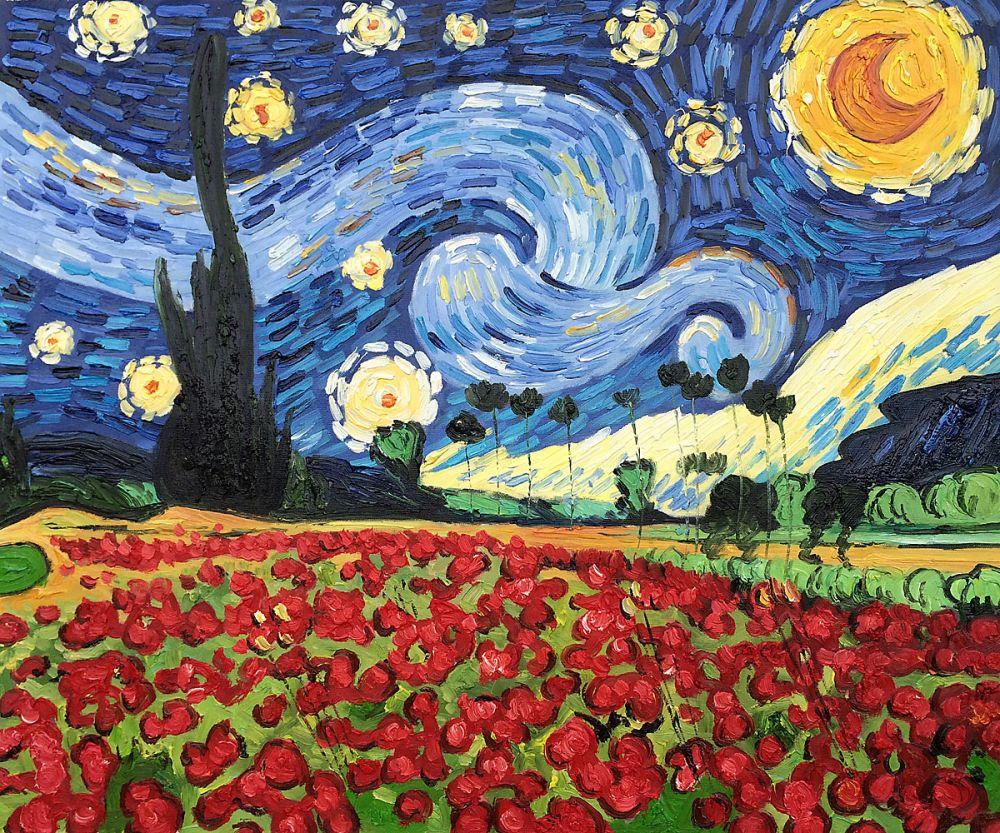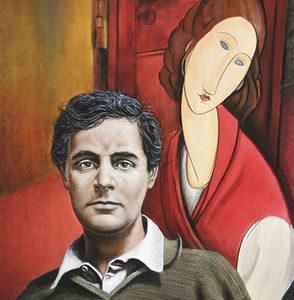Art
Art World News
Van Gogh’s Starry Night Reveals Hidden Scientific Connection
A Turbulent Masterpiece
Vincent van Gogh’s iconic painting, The Starry Night, has long been admired for its swirling, dynamic skies. Now, a new study suggests that Van Gogh may have had an intuitive understanding of the chaotic but patterned flow of turbulence, a natural phenomenon seen in water, clouds, and even smoke.
The Science Behind the Swirls
Physicists from China and France analyzed the painting’s swirling shapes and compared them to patterns found in turbulent flow, using a mathematical theory called Kolmogorov’s theory of turbulence. Developed by Soviet mathematician Andrey Kolmogorov in the 1940s almost 50 years after Van Goghs’s death. His groundbreaking work described how energy moves through turbulent flows, such as ocean currents or storm clouds. Larger swirls break down into smaller ones in a predictable cascade, which can be mathematically analyzed. Kolmogorov’s equations help explain how energy dissipates in fluids. While the artist likely wasn’t aware of this science, the study shows that Van Gogh’s brushstrokes closely follow patterns in fluid dynamics.
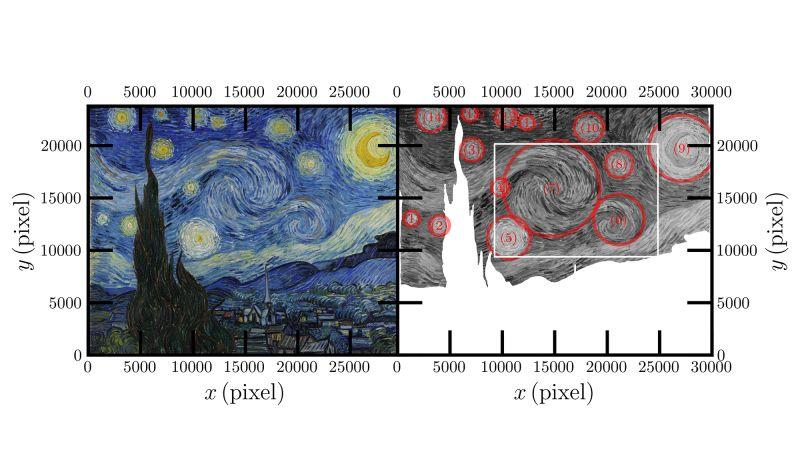
The researchers studied the 14 whirls or eddies in van Gogh’s celebrated painting. Yinxiang Ma
Nature’s Influence
Van Gogh painted The Starry Night in 1889 while staying at an asylum, where he likely spent much time observing natural movements in the sky. The study also discovered similar turbulent patterns in other artworks and even in a photograph of Jupiter’s Great Red Spot.
A Fascinating Coincidence
While the painting itself doesn’t move like a fluid, the fact that its patterns align with scientific turbulence models suggests an amazing coincidence. Scientists believe that this connection highlights a deeper universality in nature, something Van Gogh seems to have captured intuitively in his masterpiece.

The researchers studied the brushstrokes made by van Gogh, who painted the work after admitting himself to an asylum in southern France. Yinxiang Ma
The Mystery of Turbulence
Turbulence remains a challenge for modern science, and Kolmogorov’s work has been instrumental in helping physicists understand it. However, a complete explanation of turbulent flow continues to elude researchers. The fact that The Starry Night aligns with these scientific principles adds a new layer to the painting’s significance, showing how art and science can intersect in surprising ways.

